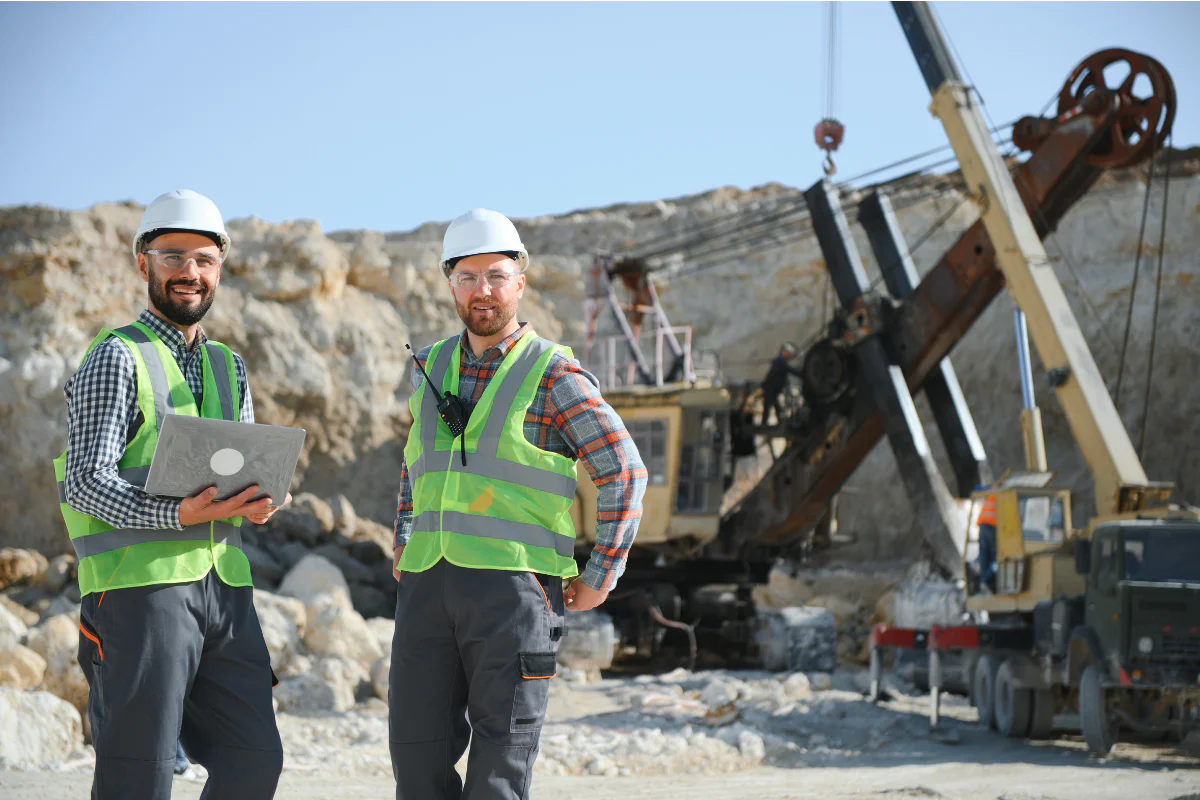Digging deeper: How Bill 35 unlocks hidden mineral value in Saskatchewan

On November 6, 2025, Bill No. 35: The Mineral Resources Amendment Act, 2025 (the Mineral Resources Bill) was introduced in the Saskatchewan Legislative Assembly.
The Mineral Resources Bill aims to enhance investment certainty, unlock new economic potential and gain access to valuable untapped provincial resources. The proposed amendments reinforce Saskatchewan’s reputation as one of the most attractive jurisdictions for mining investment globally. This new legislation provides greater clarity and stability for resource companies while creating new tools to support efficient and responsible development.
Importantly, the Mineral Resources Bill fills a longstanding functional gap for resource companies in the current legislation: It permits applications for designated subsurface development where privately owned minerals carve out inaccessible parts of otherwise accessible mining areas. This may allow companies to proceed with their operations in situations where private owners cannot be found, identified or where these owners represent a roadblock in agreement negotiation attempts.
The Bill
Saskatchewan is projected to attract over $7 billion in mining investment in 2025. The proposed legislation intends to ensure that Saskatchewan maintains its world-class global ranking for mining investment by modernizing The Mineral Resources Act, 1985. The most significant change in the Mineral Resources Bill is the creation of a new framework for designated subsurface development areas, allowing access to mineral resources that would otherwise remain undeveloped.
The Mineral Resources Bill establishes clear criteria and a transparent process for companies seeking subsurface development areas to be designated for development. Applicants applying to the Minister of Energy and Resources for designation must demonstrate that:
- The area is geologically suitable
- Reasonable efforts were made to contact or negotiate with owners
- Adequate control of the surrounding area exists
- The development will promote orderly exploration of mineral resources, prevent waste and ensure the greatest possible recovery of minerals in Saskatchewan
Public interest considerations
With the Mineral Resources Bill’s proposed subsurface development and access to mineral resources, the Bill also incorporates protections for property owners and considers the public interest in its designations. Ministerial Orders are required to be publicly posted on the Ministry’s website and affected parties are to be notified with the ability to make representations in opposition or support of the development.
Further, a designated subsurface development area does not grant surface land access – therefore, an Order does not authorize surface entry or expropriation. Required surface rights would need to be acquired through negotiations with surface rights holders.
Beyond the subsurface provisions, the Mineral Resources Bill modernizes key definitions in The Mineral Resources Act, 1985 to align with The Land Titles Act, 2000, strengthens regulatory and reporting powers and introduces flexible notice provisions to streamline administrative efficiency. It also affirms immunity for government actions taken in good faith under the Act.
The MLT Aikins energy or mining and natural resources teams would be happy to hear from you. As one of Western Canada’s pre-eminent law firms in both the energy and mining sectors, our lawyers provide deep business insight based on extensive domestic and international experience.
Note: This article is of a general nature only and is not exhaustive of all possible legal rights or remedies. In addition, laws may change over time and should be interpreted only in the context of particular circumstances such that these materials are not intended to be relied upon or taken as legal advice or opinion. Readers should consult a legal professional for specific advice in any particular situation.





